piranesi's antichita romane
|
-
About this Collection
One of the important series of 'views' produced by Giovanni Battista Piranesi is Antichita romane.
These archaelogical representations of Roman buildings and ruins were collected and published in the 1750's. The original four-volume set contained over 200 etchings demonstrating Piranesi's research into the engineering skills of the ancient Romans. He hoped Antichita romane would inspire his contemporaries to emulate the architectural achievements of ancient Rome.
Piranesi's 'views' were especially prized by British aristocrats traveling on the Grand Tour, who took them home where they greatly influenced British neo-classical architecture.
-
Ruins in the Roman Forum as etched by Piranesi in the 18th century
Views of two ruins in the Roman Forum as they appeared in Piranesi's time. Above is the Temple of Antonino and Faustina, and below is the Arch of Septimius Severus. Only the top portion of the Arch was still above ground at that time.
This etching appears in Giovanni Battista Piranesi's four-volume Antichità romane, published in 1756.
-
Dedication to Lord Charlemont erased
Giovanni Battista Piranesi thought that Irish aristocrat James Caulfield, Earl of Charlemont had promised to subsidize his ambitious production of the Antichità romane.
His anger at Lord Charlemont's failure to provide these funds resulted in the removal of Charlemont's name, and other wording, from the original proposed title page. Here this is depicted as if the engraved words were erased from ancient Roman stones.
This image is part of Piranesi's quarto volume Lettere di Guistificazione scritta a Milord Charlemont of 1758.
-
Etched portrait of Piranesi serves as the frontispiece of the set Antichità romane of 1756
This etched portrait of Giovanni Battista Piranesi executed by Felice Polanzani serves as the frontispiece for the four volume set Àntichita romane of 1756.
-
Pictorial title page of Piranesi's Antichità romane
Piranesi's four-volume Antichità romane (Roman Antiquities) of 1756 was a monumental achievement. It is a carefully researched and magnificently illustrated compendium of the remains of the ancient city of Rome. Eight years in production and including well over 200 enormous etched plates, it was an immediate success throughout Europe. Piranesi's detailed visual and written descriptions of the civic, religious, and engineering monuments in the city established him as a leading figure in the emerging field of Roman archaeology. From that time forward, these images have profoundly affected how the world imagines Rome in its Imperial glory.
This title page reflects the disappearance of the name of the Irish aristocrat the Earl of Charlemont as dedicatee. Piranesi was angry with the Earl for failing to subsidize the first publication of this work as promised, and erased his name from all subsequent editions.
-
Piranesi's reconstruction of a map of the center of Imperial Rome
In 1756, Giovanni Battista Piranesi published a four volume set of folio volumes documenting ancient buildings in Rome, entitled Antichità romane.
Piranesi was a dedicated early archaeologist in the sense that he sought to discover the reality of classical Rome and publish his findings as accurately as possible. This is his reconstruction of a map of the center of Imperial Rome, including the Forums, triumphal arches, statues, the Colosseum, Palatine Hill, and the Circus Maximus, still known and loved by tourists today. Each structure is identified in an index in the following pages.
-
Text-only Title Page of Piranesi's 'Antichità romane', 1756
Giovanni Battista Piranesi's four-volume Antichità romane (Roman Antiquities) of 1756 was a monumental achievement. It is a carefully researched and magnificently illustrated compendium of the remains of the ancient city of Rome. Eight years in production and including well over 200 enormous etched plates, it was an immediate success throughout Europe.
This is the title page printed with only text. Another extravagantly pictorial title page was also used.
-
The ancient Roman Pantheon as etched by Piranesi in the 18th century
The ancient Roman Pantheon, etched by Giovanni Battista Piranesi as it appeared in the eighteenth century.
This image appears in the four volume set of folios that Piranesi published in 1756 as Antichità romane.
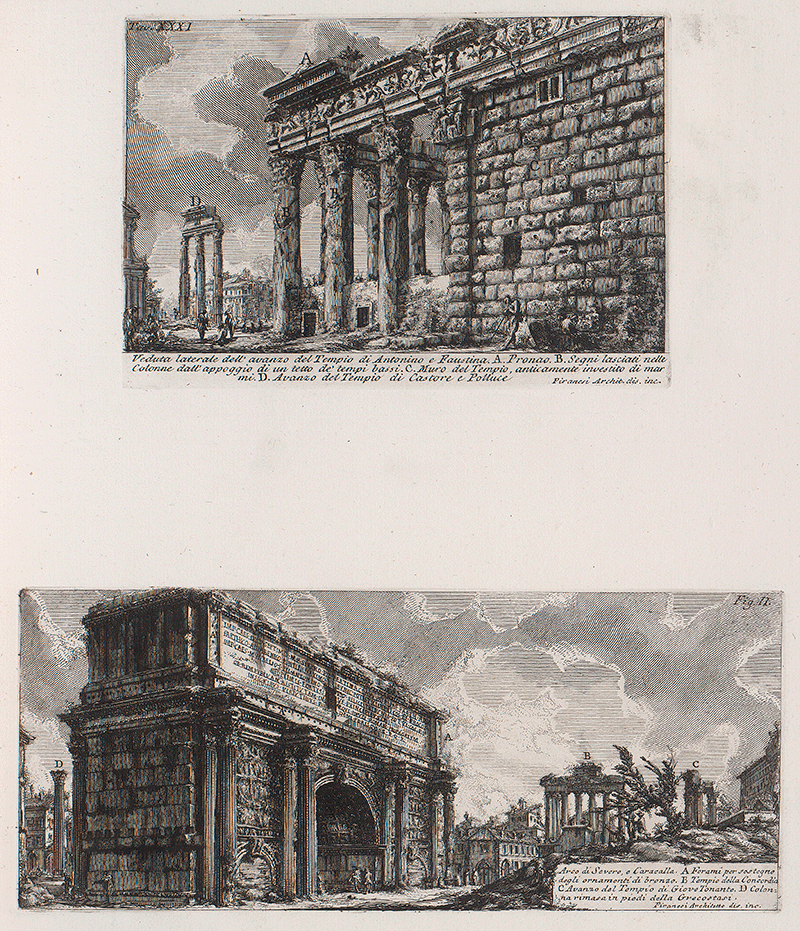 View Image
View Image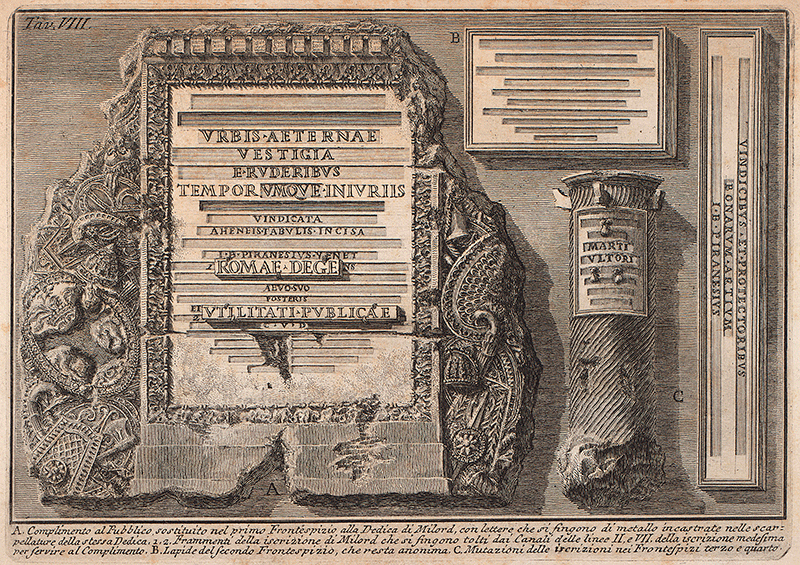 View Image
View Image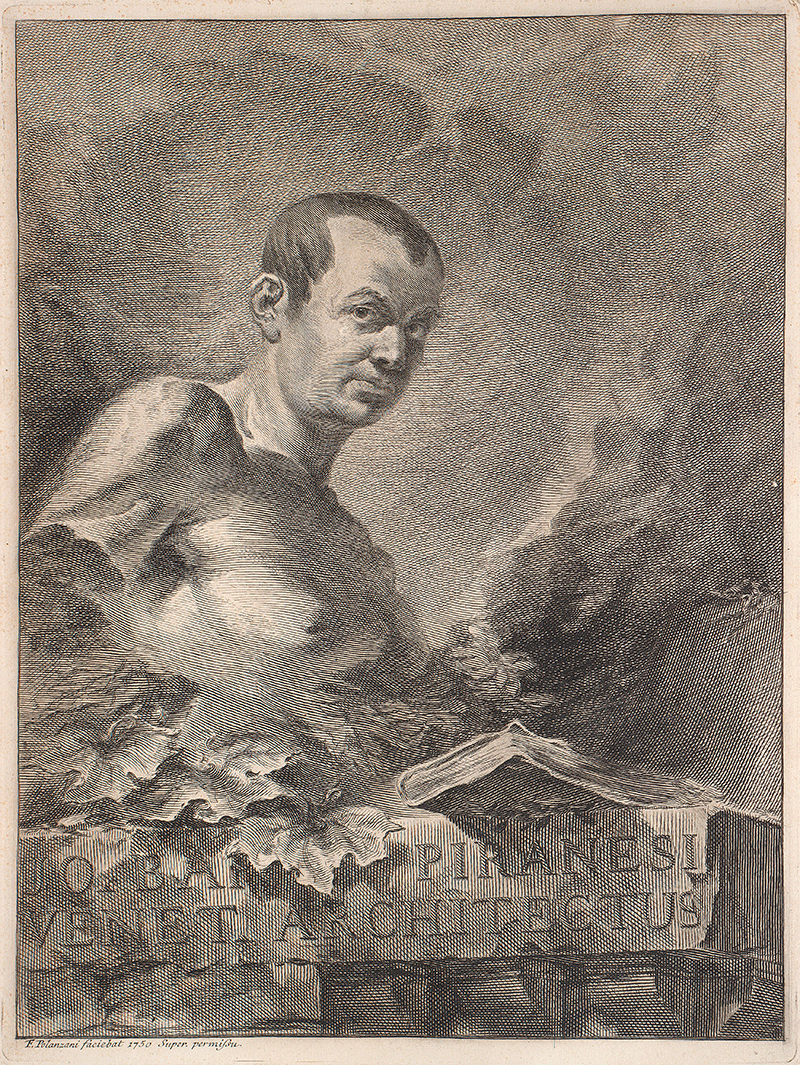 View Image
View Image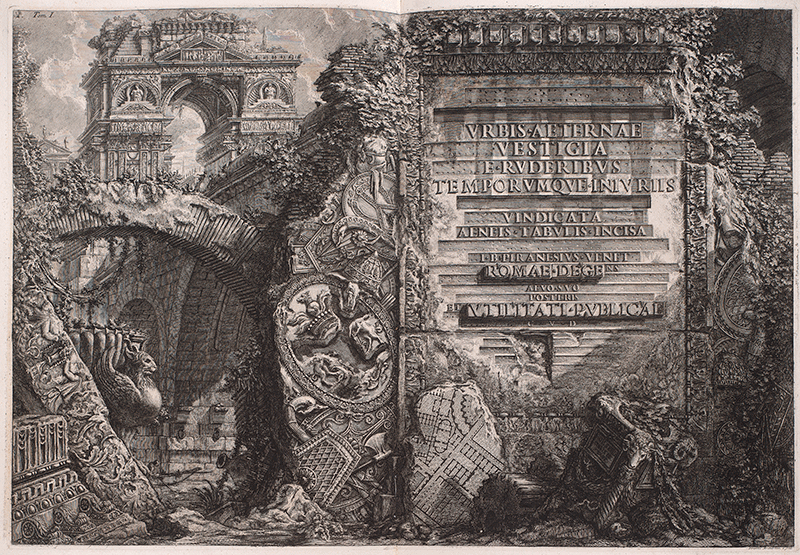 View Image
View Image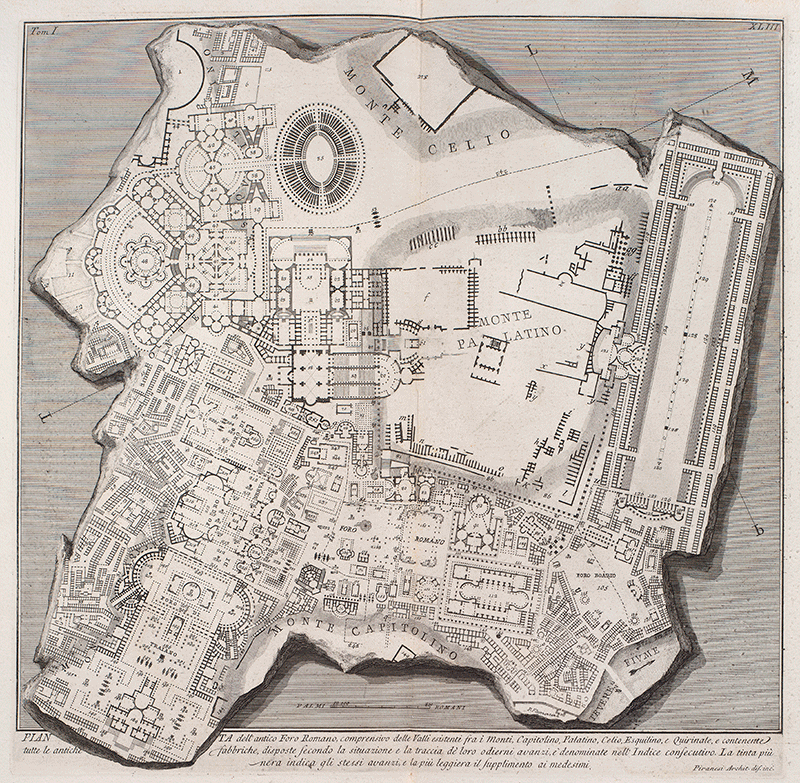 View Image
View Image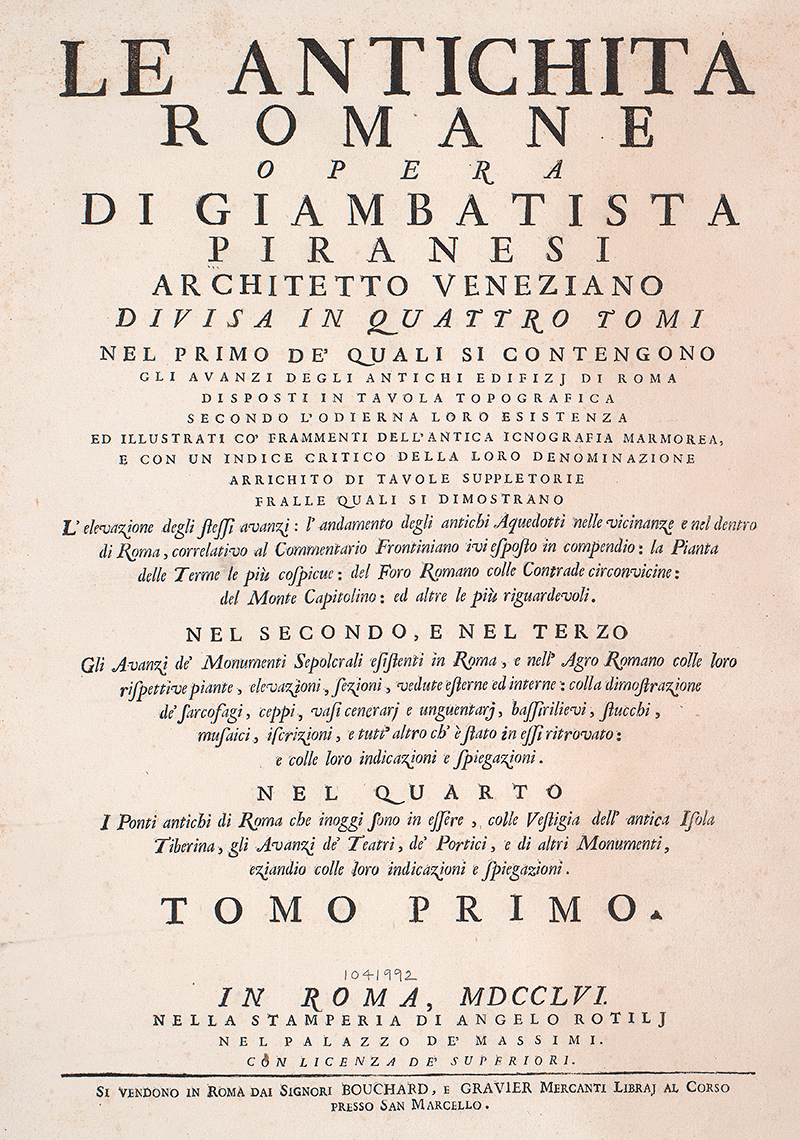 View Image
View Image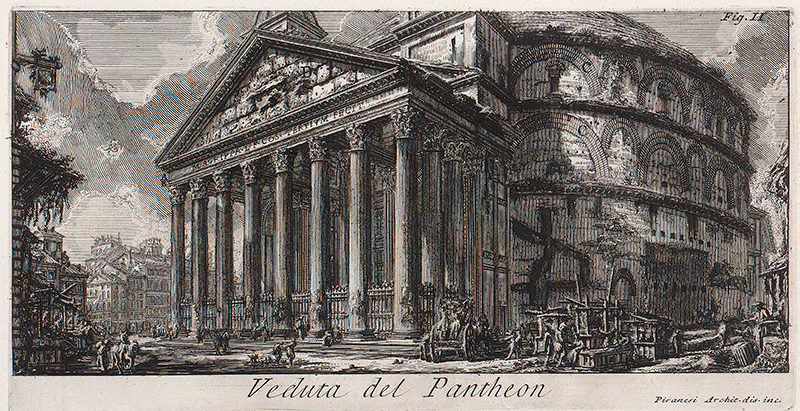 View Image
View Image